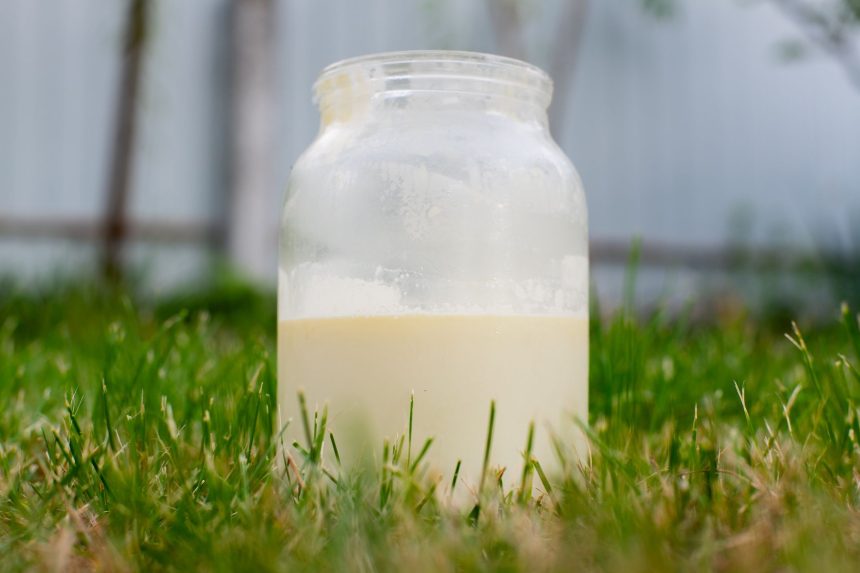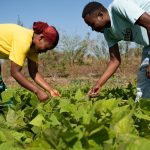Rabobank’s latest research, published today, indicates a slight cooling in the recovery of global milk prices, which had been observed since late 2023 and into early 2024. The bank warns of potential additional challenges ahead for the dairy market. Despite expectations for slow but steady price increases in 2024, factors such as excessive rains in Europe, weather-related issues affecting milk output, weaker global demand, and increased domestic milk production limiting Chinese imports are influencing the market dynamics. According to Rabobank’s analysis, buyers are becoming more cautious, with purchasing slowing down at current price levels, particularly in anticipation of a seasonal peak in northern hemisphere milk production.
In addition, the latest global dairy quarterly report underscores that signals of demand recovery are “mixed,” with customers’ purchasing power facing pressure primarily due to high inflation in most countries.
Specifically in Europe, Rabobank has noted the delayed onset of spring coupled with excess rainfall, which has disrupted the seasonal flush of milk production. These extremely wet conditions persisted into April, particularly impacting pasture conditions in Ireland due to reduced carrying capacity. Other parts of the region experienced poor winter crop development and delayed field work. Although mild temperatures last year stimulated better grass growth, Rabobank warns that the impact on milk volumes varies across the continent.
Rabobank’s analysis reveals that EU and UK milk deliveries for January and February saw a nearly 0.5% year-on-year decline, accounting for leap year calculations. Irish milk volumes dropped significantly by 16.3%, equivalent to 98,000 metric tons, during this period, while Dutch milk deliveries decreased by 2.7% or 63,000 metric tons. Germany and the UK experienced lower volume declines of 0.6% and 0.9%, respectively. On a positive note, France recorded its first year-on-year growth of 0.1%, amounting to 3,000 metric tons, since December 2022.
Rabobank’s latest research, published on Tuesday, May 7, highlights a slight cooling in the recovery of global milk prices, previously observed from late 2023 into early 2024, particularly evident in quarter two. While the bank had anticipated slow but steady price increases for 2024, it now warns of potential additional challenges ahead for the dairy market.
Factors such as excess rainfall in Europe and other weather-related issues have significantly impacted milk output, alongside weaker global demand and increased domestic milk production, which has constrained Chinese imports. Consequently, buyers are displaying a more cautious approach. Although dairy buyers took advantage of low prices to replenish stocks in late 2023 and early 2024, sentiment is shifting as anticipation builds for a seasonal peak in northern hemisphere milk production, leading to slower purchasing at current price levels.
Additionally, the latest global dairy quarterly report indicates mixed signals in demand recovery, with customers’ purchasing power under pressure primarily due to high inflation across most countries. Specifically in Europe, Rabobank identifies the delayed onset of spring coupled with excess rainfall, which has disrupted the seasonal flush of milk production. This has led to various impacts across the continent, affecting pasture conditions, winter crop development, and field work differently.
Rabobank’s analysis shows a decline in EU and UK milk deliveries for January and February, with significant drops in Irish and Dutch milk volumes. However, there have been increases in milk production in Spain and Poland. Despite these fluctuations, Rabobank anticipates a slower market price recovery than previously expected, noting that the recent price jumps were more of a response to low prices and restocking rather than a sustained improvement in consumer demand. Additionally, China’s reduced dependency on imports poses a further challenge for the global dairy market in the coming months.





